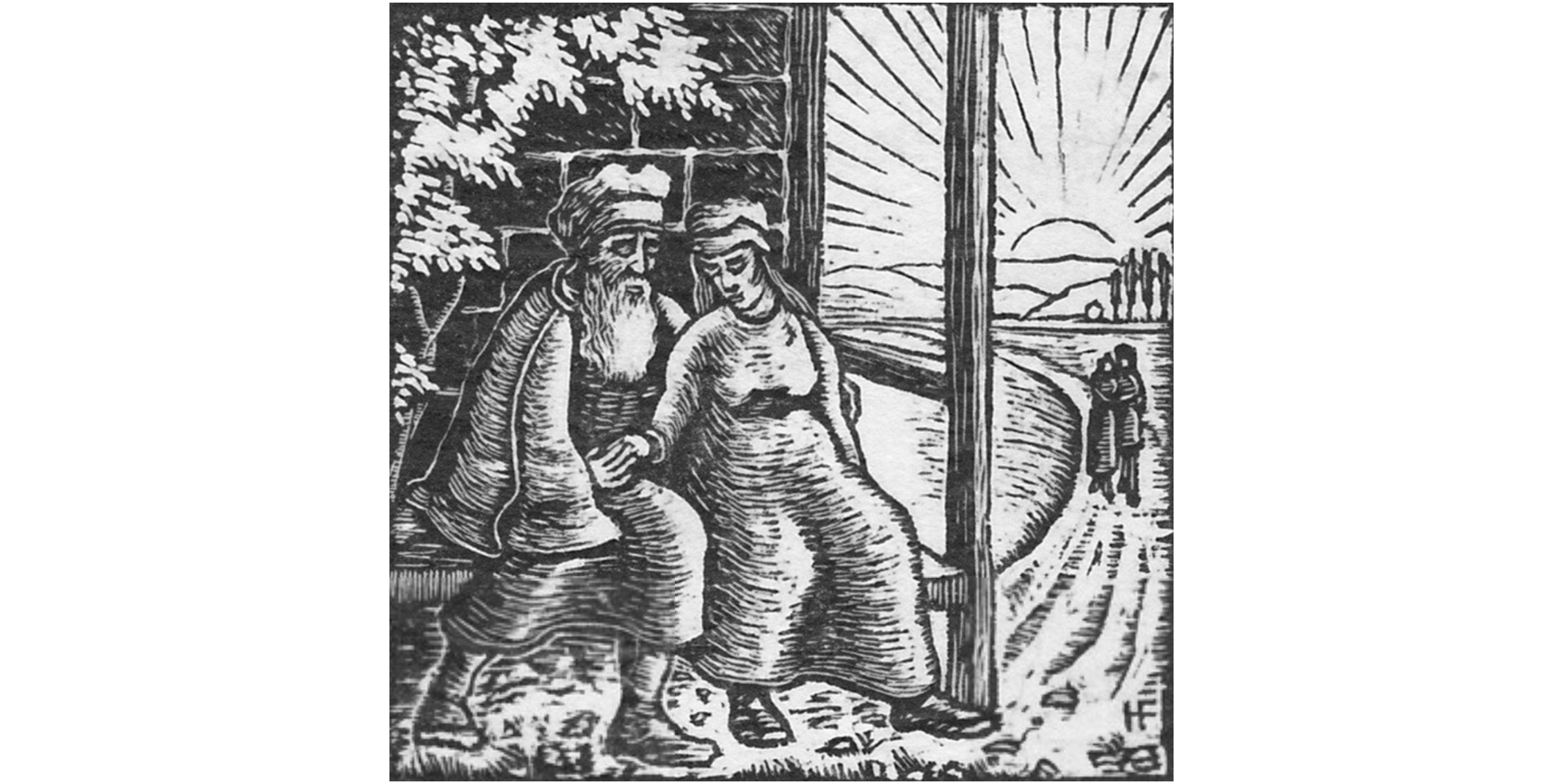And Abraham took another wife, and her name was Keturah (Genesis 25:1)
As I discussed in the earlier essay, “Yom Kippur – Disentangling the Entangled,” Adam and Eve were entangled. They were not unique in this. I wrote in several essays that every married couple is entangled.[1] How do we know that? Adam and Eve were created as one unit—“Male and female He created them”—as conjoint (Siamese) twins. Although G‑d separated Eve from Adam, they remained entangled, just as two particles born from the decay of another particle remain entangled even after their separation. Thus, Adam and Eve’s entanglement cannot be proof that all married couples are entangled. However, the Torah states so explicitly:
Therefore shall a man leave his father and his mother, and shall cleave unto his wife, and they shall be one flesh. (Genesis 2:24)
The expression, “a man…. shall cleave unto his wife” means they shall become entangled (metaphorically speaking, of course). The end of this verse, “and they shall be one flesh,” further reinforces this metaphor. Just as a pair of entangled quantum-mechanical objects is one system (that is described by one wave function), so too, a man and his wife become one system—“one flesh.”
In this Torah portion, Chayei Sarah, we get a further affirmation of this idea. After the passing of Sarah, Abraham marries another wife, Keturah. Her name, Keturah, is based on the Aramaic[2] root “to tie” implying that she becomes tied to Abraham or, using contemporary terminology, she becomes entangled with Abraham as his wife. We can now render the verse from the epigraph:
And Abraham took another wife, and her name was “To entangle.”
This is yet another illustration that a husband and a wife are indeed entangled with each other.
Endnotes:
[1] See my earlier essays, “Matos-Massei – Annulment of Vows,” “Suspected Adulteress as a Schrödinger Cat,” “G‑d Collapses Sotah’s Wave Function,” and “The Land We Married.”
[2] Aramaic language is a Semitic language that is very close to Hebrew. It was used by Jews as their vernacular language for centuries during the Babylonian exile. Babylonian Talmud and Zohar are written in Aramaic.


Leave A Comment